

Raw water is water found in the environment that has not been treated and does not have any of its minerals, ions, particles, bacteria, or parasites removed. Raw water includes rainwater, ground water, water from infiltration wells, and water from bodies like lakes and rivers.
We are collecting raw water from the height of 2030 meter from sea level. After supplying raw water from sources to our plant we will collect raw water at food grade Poly Tank. Our total capacity to store raw water is 100000 liters.
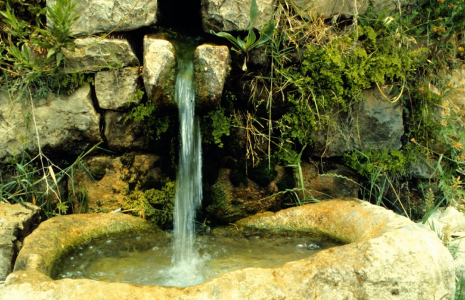
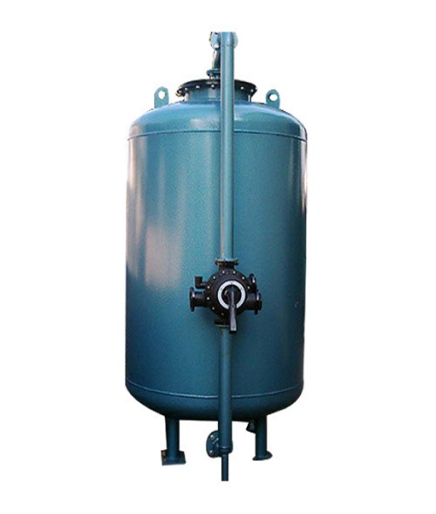
A pre-filter is used to remove dirt, debris, and organic matter from the harvested water. This keeps the tank clean resulting in better water quality and less tank maintenance. The best way to filter the water is at the source. The better filtration upstream, the less money/effort will be required for filtration downstream.
Most all filters work on an efficiency principle, which means that depending on flow rate, all or a portion of the water is filtered before entering the storage tank. Screen sizes can vary from 350 micron to 700 micron depending on actual filter. Larger units that collect water off a parking lot have larger screen openings and typically include a form of oil/water separation.
Break tanks can be used to ensure that the necessary amount of water is available to supply the system for a while, if the mains supply has failed or is unable to deliver enough water during peak demand. It is also used to ensure that a surge from the starting and stopping pumps doesn’t affect the mains distribution.
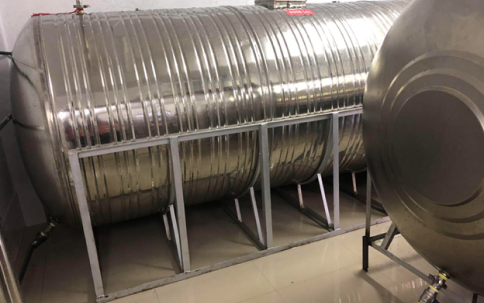
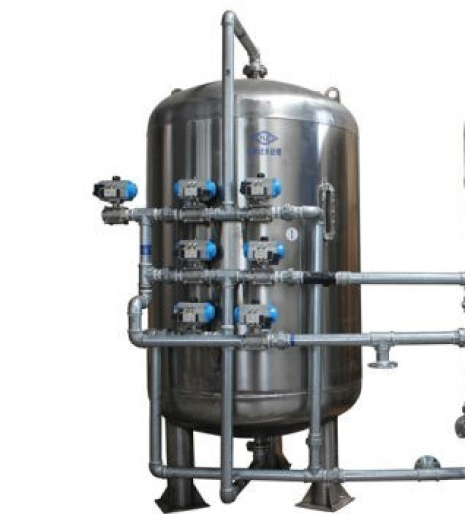
Water multimedia filter by far is the most common type of water filtration; they contain multi layers of media. Each layer is progressively sized in coarseness and layer depth. The media layers are stacked progressively with the coarsest and densest media, typically gravel, at the bottom and the lighter, fine media at the top.
A water multimedia filter is used to reduce the level of SDI (Silt Density Index), TSS (Total Suspended Solids) in the incoming feed water. Suspended solids consist of small particles such as silt, clay, grit, organic matter, algae and other microorganisms. Incoming feed water that is high in suspended solids can cause a high pressure drop and reduce the effectiveness of downstream filtration equipment such as membranes, reverse osmosis membranes, electrode ionization EDI, UV sterilizer and ion exchange beds, if the multimedia filtration is not used as a pretreatment.
Activated carbon filters are small pieces of carbon, typically in granular or powdered block form, that have been treated to be extremely porous. It is so cavernous, in fact, that just one gram of activated carbon can easily have a surface area of 500m2 or higher. Vast surface area enables these carbon filters to adsorb exponentially more contaminants and allergens than traditional carbon.
Activated carbon filtration is one of many processes commonly used in water treatment. Activated carbon removes contaminants such as organic materials, and since it also can remove odor-causing contaminants, it can make drinking water more palatable.


A water softener is a piece of equipment or a place that is used for filtering or treating water to remove the chemicals that cause hardness.
Hard water is softened by removing the calcium and magnesium it contains. When hard water passes through the softening systems resin bed, the calcium and magnesium (hardness) ions are removed through an ion exchange process so inly softened water passes through pipelines.
Micron cartridge filters are used to remove Micronics (measure equal to 0.000039 inches) dust particles, colloids and other physical contaminants from the water. Micron cartridge filters come with housing and filter elements. Micron filters are available in various micron ratings like 0.1 / 1 /2 / 5/10 up to 40 microns. Polypropylene filter yarn is carefully wound onto the core in a specific pattern and density to meet the micron particle size requirements. Micron cartridges consist of extremely fine micro fibers spun into a multi-layer inert filter medium with optimized pores and graded density media enabling excellent particle retention and high dirt holding capacity. Suitable material of construction ensures wide chemical compatibility and very low media migration.
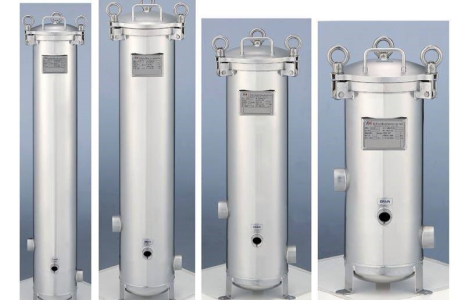
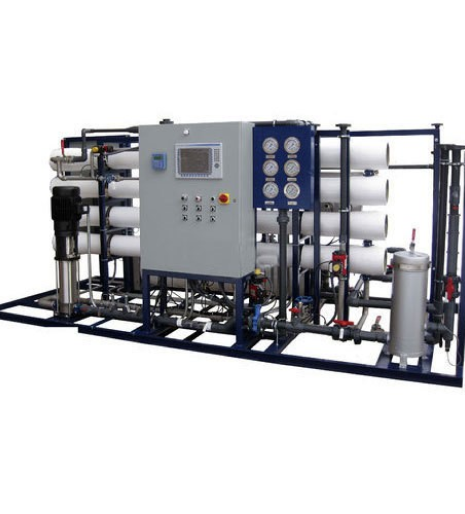
Reverse osmosis (RO) is a water purification process that uses a partially permeable membrane to remove ions, unwanted molecules and larger particles from drinking water. In reverse osmosis, an applied pressure is used to overcome osmotic pressure, a colligative property, that is driven by chemical potential differences of the solvent, a thermodynamic parameter. Reverse osmosis can remove many types of dissolved and suspended chemical species as well as biological ones (principally bacteria) from water, and is used in both industrial processes and the production of potable water. The result is that the solute is retained on the pressurized side of the membrane and the pure solvent is allowed to pass to the other side. To be “selective”, this membrane should not allow large molecules or ions through the pores (holes), but should allow smaller components of the solution (such as solvent molecules,) i.e., water, (H2O ) to pass freely.
Ultrafiltration (UF) is a variety of membrane filtration in which forces like pressure or concentration gradients lead to a separation through a semipermeable membrane. Suspended solids and solutes of high molecular weight are retained in the so-called retentate, while water and low molecular weight solutes pass through the membrane in the permeate (filtrate). This separation process is used in industry and research for purifying and concentrating macromolecular (103 -106 Da) solutions, especially protein solutions.
Ultrafiltration is not fundamentally different from microfiltration. Both of these separate based on size exclusion or particle capture. It is fundamentally different from membrane gas separation, which separate based on different amounts of absorption and different rates of diffusion. Ultrafiltration membranes are defined by the molecular weight cut-off (MWCO) of the membrane used. Ultrafiltration is applied in cross-flow or dead-
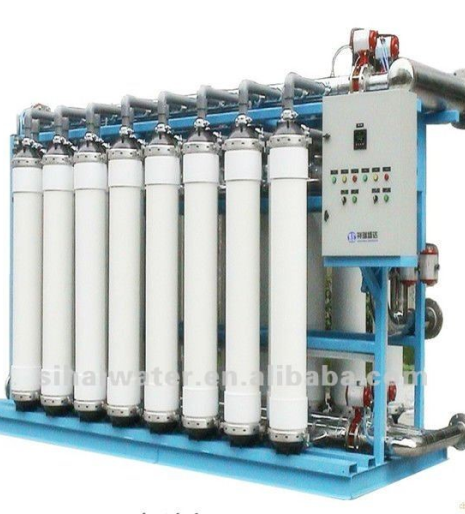
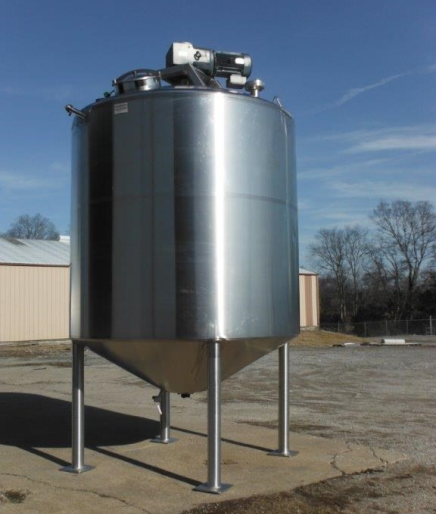
After processing of water from different medium it is ready to drink so that we will collect pure water to our stainless steel tank. Stainless steel tank protect water from outer pollution and bacteria so it is useful and safe to collect pure water.
For Spring Water: After processing of raw water from UF system it goes through stainless steel pump to collection tank which is connected with stainless steel pipelines. In our plant we have separate collection tank for UF water.




